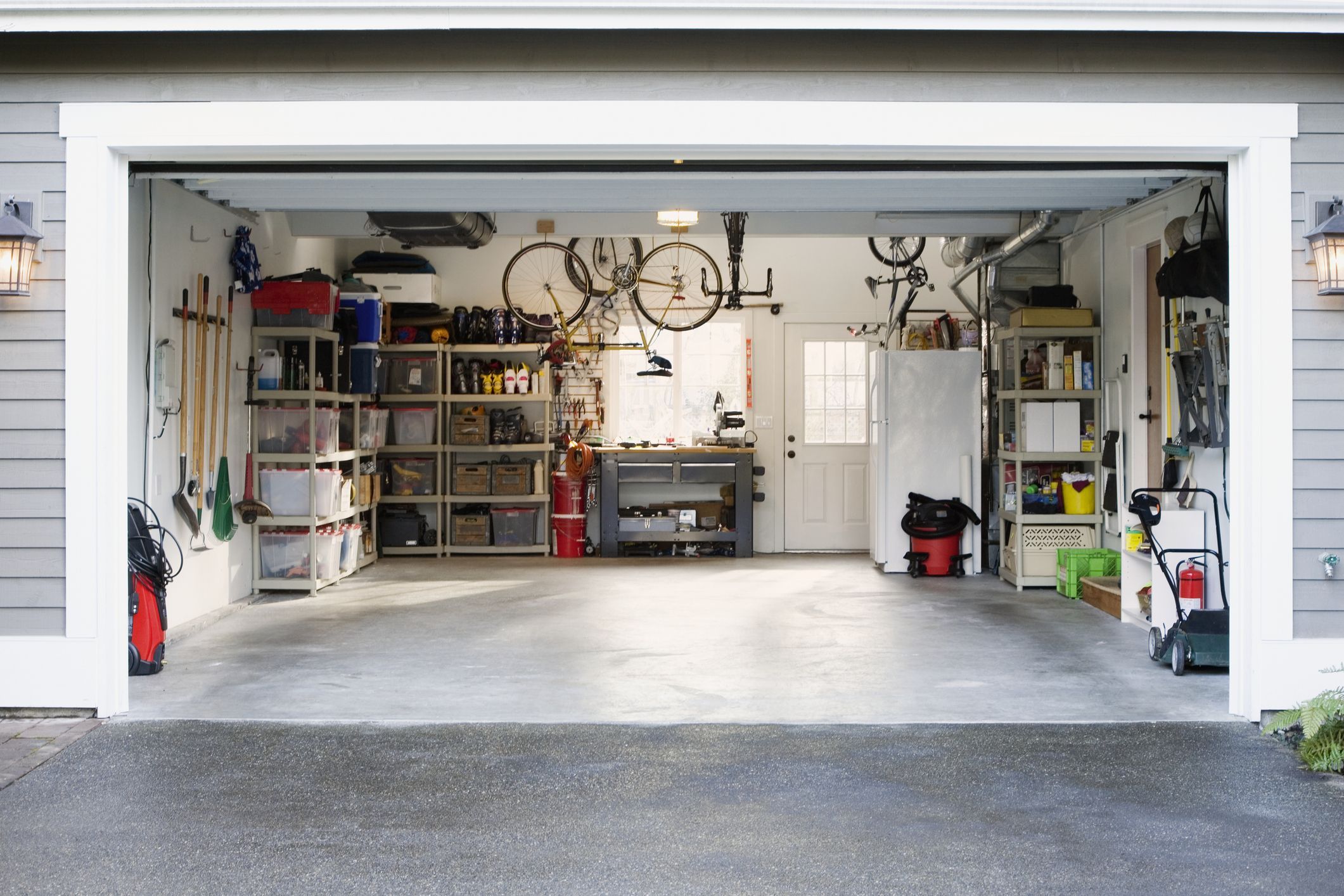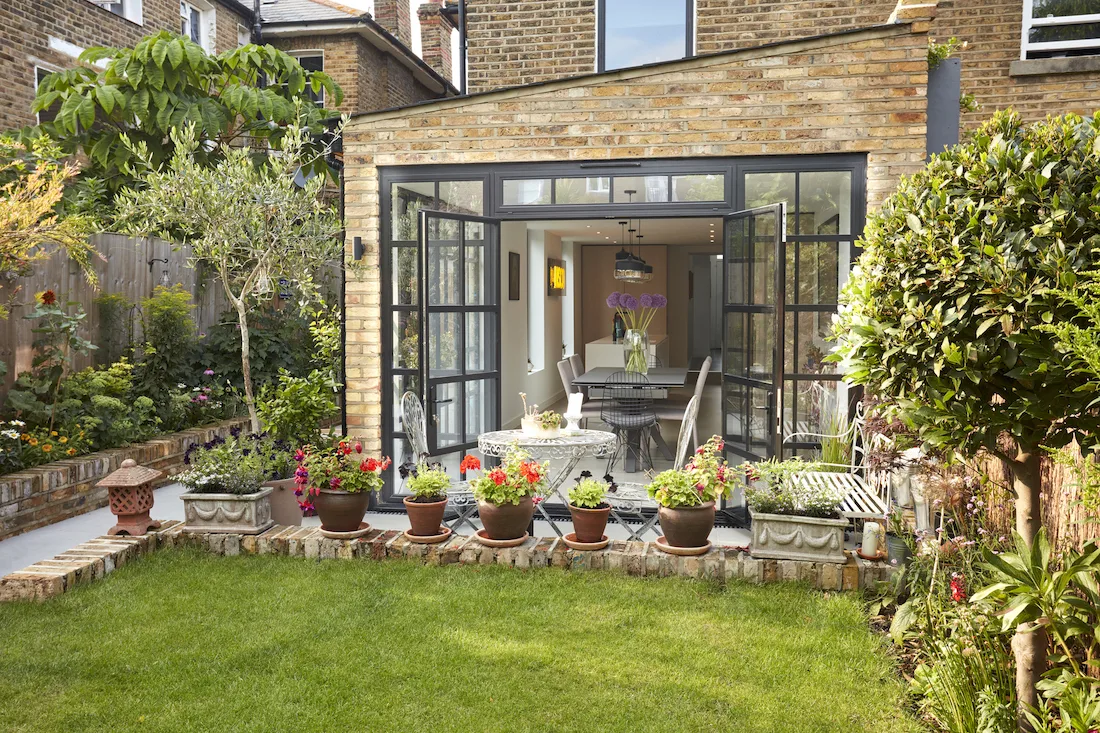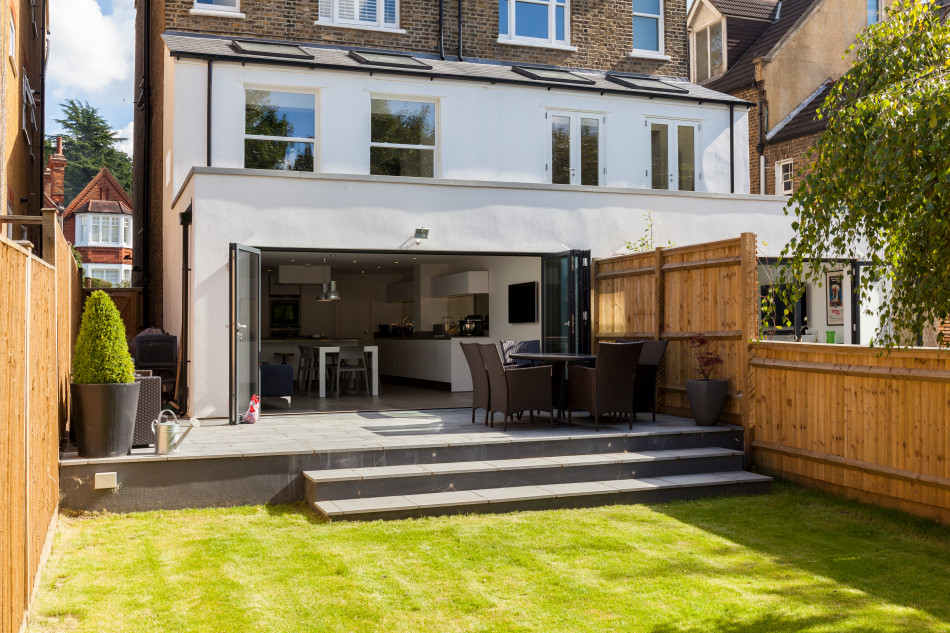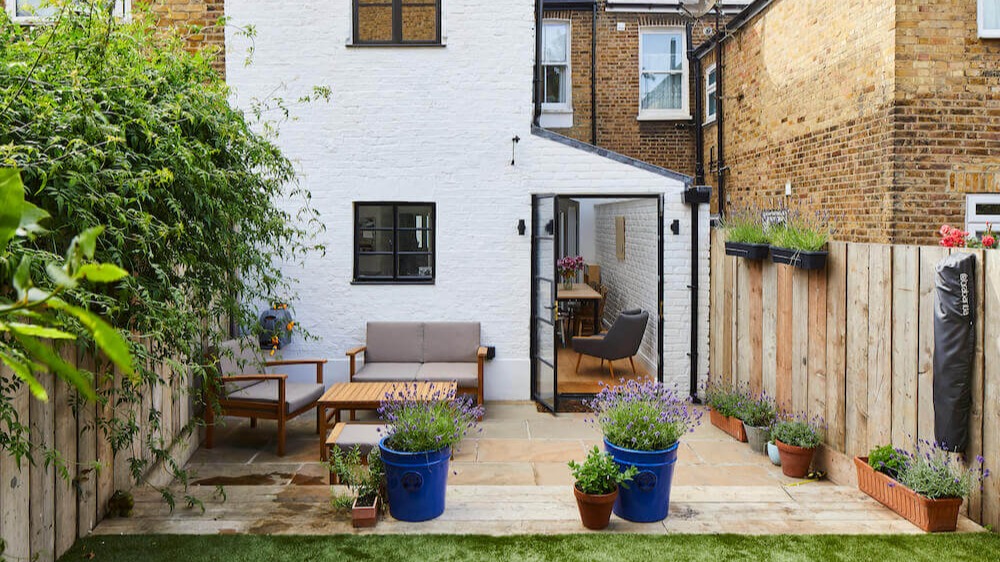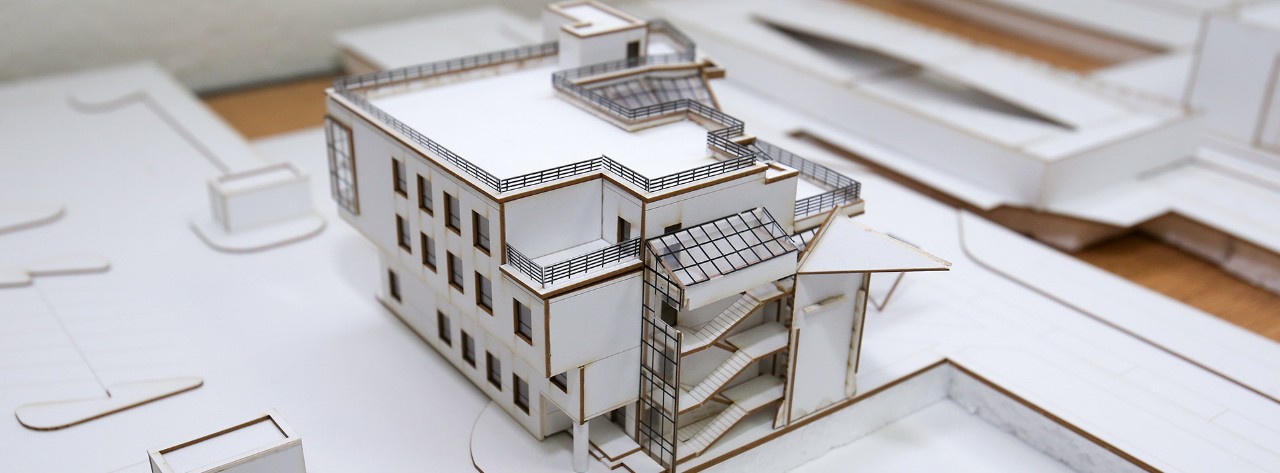
A guide to flat-pack extensions
These pre-made additions have been rising in popularity in the UK, but how do flat-pack extensions actually work?

With the price of stamp duty hammering homeowners, not enough homes on the market, and unstable house prices, more and more people are choosing improving over moving. But though it can be a safer investment, extensions are by no means cheap. That’s why cost effective options are on the rise.
Enter the flat-pack extension. These pre-made additions have been rising in popularity in the UK, thanks to their budget friendly price tag and quick turnarounds.
But who are these new kids on the block? Let’s find out...
What is a flat-pack extension?
A flat-pack extension is a home addition that’s primarily built off-site, either in a workshop or factory. They are then delivered to your home, where erection can be undertaken by the extension provider, a contractor of your choosing, or even by a very handy homeowner.
The style of flat-pack extensions are as wide ranging as their traditional counterparts, and come in a variety of options, including:
- Timber
- Steel
- Brick
- uPVC
The Pros
There are some very attractive pros to flat-pack extensions that have seen them gaining in popularity.
In terms of budget, a flat pack can cost up to 25% less than its traditional counterpart. This of course can vary, depending on the flat-pack chosen - more on this below.
Another benefit is the time needed for construction. Where other extensions can take months to put together, a flat-pack can be ready in a matter of weeks. And as most of the work occurs off site, you won’t need to worry about relocating when the construction takes place, saving you even more money.
The Cons
Though its gaining in traction, flat-pack extensions are still not that common in the UK. Because of this, you might not have a huge pool of manufacturers to choose from. This is problematic for two reasons.
One, you’re limited in your design choices, meaning you might not get an extension that matches your home - this can hinder planning permission, and devalue the price of your home.
And second, having a limited pool of options puts you at risk of bad practises. You might be tempted to take on someone who would have otherwise avoid, because no one else is available.
You’ll also find that most flat-pack extensions favour a classic rear, so if you’re looking for something like a side return, or two-storey addition, flat-pack might not be for you.
Not to mention, if you become tempted to erect the structure yourself, you might end up with poor workmanship, damaging the value of your home, and costing a fortune in repairs.
Prices
On average, a 20m² rear flat-pack extension will set you back between £24,000 - £35,000.
This price can vary wildly, depending on these factors…
- Uniqueness of design
- Amount of glazing
- Your location
- Groundworks required
- Structural work
- Size of extension
If you want to save money, you might consider erecting the extension yourself. This would save a large chunk of your budget, but, as we said above, only take this on if you’re confident in your abilities. Poorly constructed extensions are very expensive to repair.
Planning and Building Regulations
Flat-packs are subject to the same planning and building regulation rules as their traditional counterparts. This means they can be used in conjunction with your permitted development rights.
Permitted development right allow you to extend your home without planning permission, providing your project adheres to a strict set of guidelines. These rights, unfortunately, don’t extend to flats or maisonettes, or homes located in conservation areas. However, the rest of you can tailor your requested flat-pack to these guidelines, giving you an easier time in the planning stage.
Though not 100% necessary, we recommend anyone using their permitted development rights to obtain a lawful development certificate. This proves to your local authority, and future buyers, that the extension was legal at the point of construction.
If you do require planning permission, you can either submit your application yourself, or hire a planning agent. In order to be successful, a planning application should include:
- Existing and proposed floor plans, elevations along with block and site location plans
- Supporting documentation, including certification of ownership and a design and access statement
- Completed planning application form
- A fee (see the fee calculator)
You’ll need to coordinate with your flat-pack company to help put these things together. They might even offer a planning support service.
As for Building Regulations, this will require the input of several professionals, typically including: a structural engineer, CCTV surveyor, and party wall surveyor. That’s because these legally required checks are there to ensure your home is safe for habitation, meaning no stone gets left unturned. Again, your flat-pack company might offer a service to secure approval, or you could always turn to our own building regulations package.
At Resi, we provide not only the architectural drawings required, but we’ll also introduce you to our trusted partners, home professionals we’ve personally vetted, and know provide quality work for a good price.
Want to learn more about extending your home? Book a free consultation now to talk to our experts.
Design your own extension
With Resi Ready, you do the designs yourself on our whizz bang tech configurator. It’s the simplest way to get a spiffy new home extension.
 Let's have a play
Let's have a play
